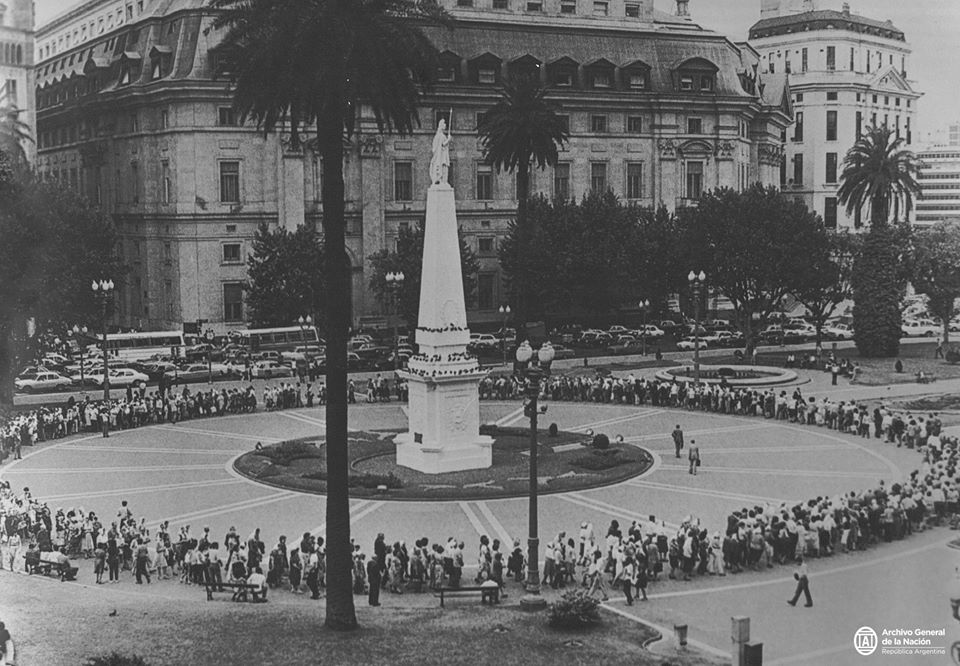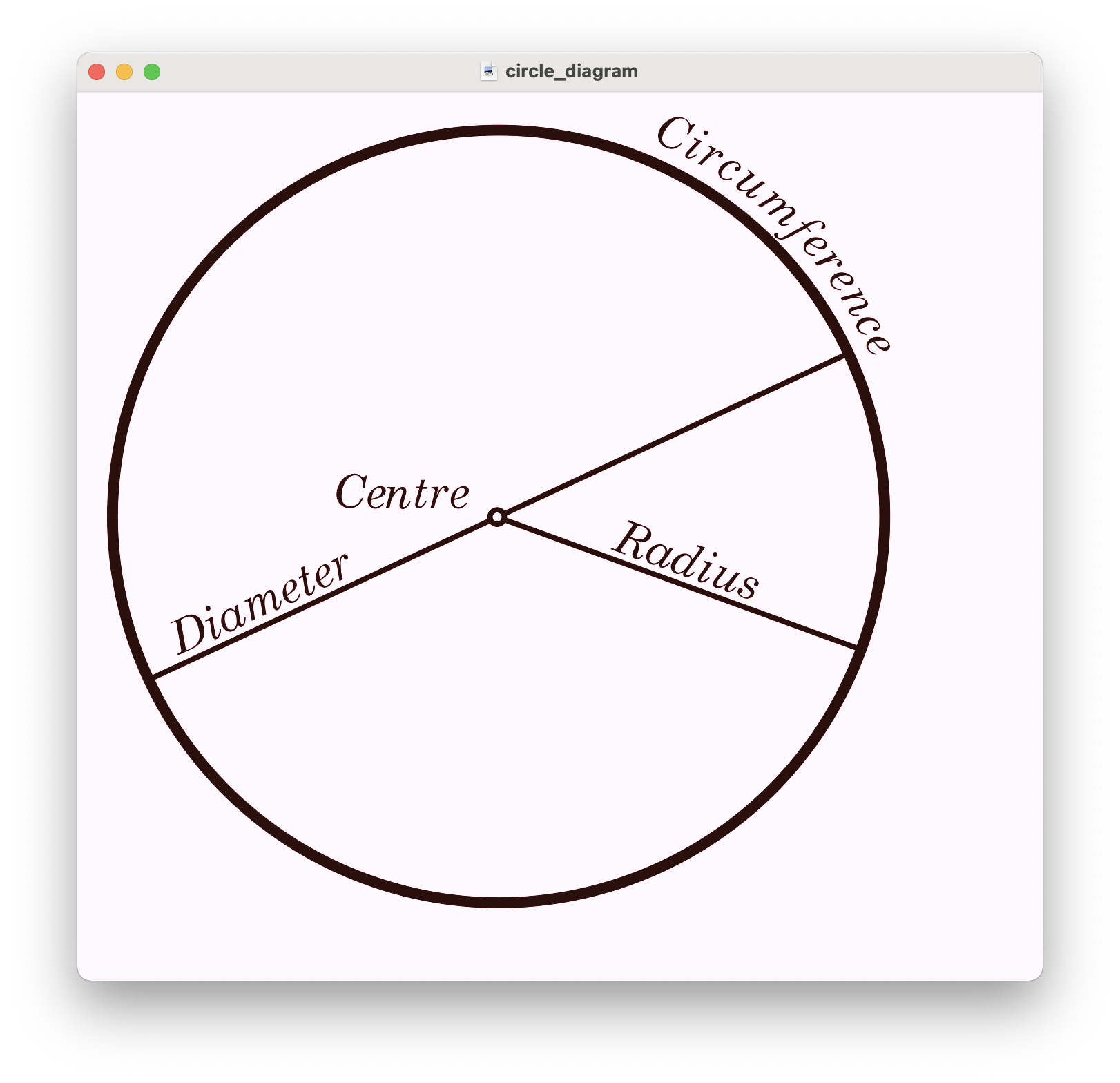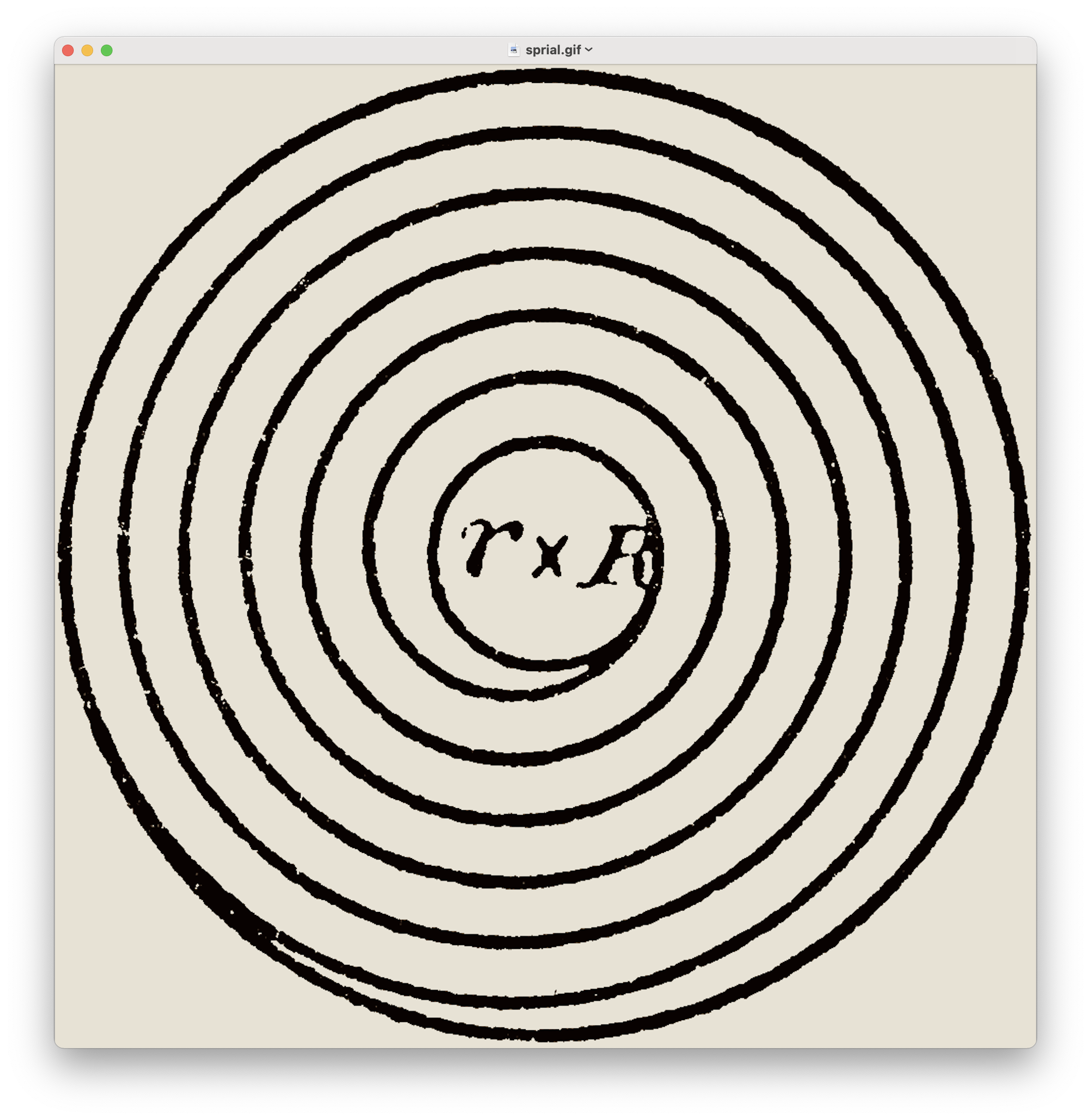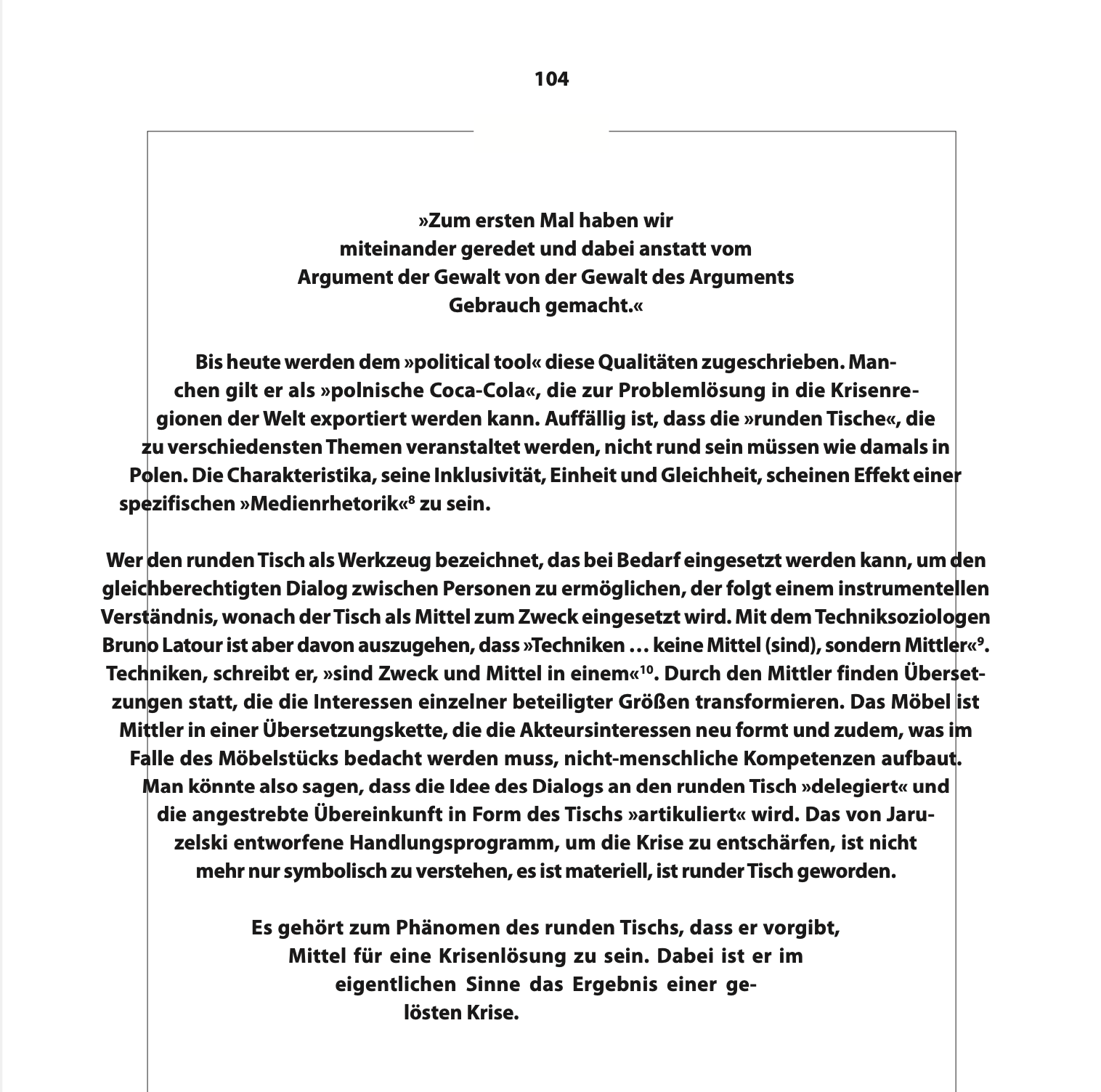Another Round, single-channel video, loop, 2012/2022
Material: Video Footage recorded spon - taneously while driving around Tahri Square, Cairo, on the evening of 20 February 2012; various sounds Cairo, 2011 to 2012 (found online, e.g. in the 858 Archive by Mosireen Collective); video snippet, Tahrir Square, 2021
To circle is to form a circle, to surround or move along a circle
around something. To revolve is, similarly, to orbit a central
point, or to turn on an axis, but also to recur at periodical
intervals. Circling combines continuous movement with
remaining in place. Geometrically, a circle can open into a
helix, a spring, when imagined in 3D. In physics, a revolution
refers to the periodic movement of an object around a focal
point, which is enabled by the balancing of an inward accel-
eration and a tangential velocity. In its wider usage it refers to
a sudden radical change in a system of ideas or technologies,
a process of potentially violent social and political transition,
the overthrow of a regime. In Marxist theory, a revolution is
the violent and historically necessary changeover from one system to another.
***CIRCLING is currently being constructed.***
вре́мя: circular time
Etymologically the Russian word vremya (“time”) comes from the Ancient Slavonic v˴ rtmen (“turning”) and the Ancient Indian root vart – “turning”.

The Mothers of the Plaza de Mayo have been circling one of the main squares of the Argentinian capital Buenos Aires since 1977 in weekly circumambulations to demand the investigation of their disappearance – the assassination – of their chidren and grandchildren by the military junta which was in power between 1976 to 1983.
︎︎︎
![]()
(Geometries of change: A two-dimensional circle would return its circumambulators to the exact same place. In 3D, a circle becomes a helical spring; a circling is complexified: Seen from
the top, a full circle returns you to the same place. Seen from the side, the circling reveals its irreversibility as the distance between the two loops. Change and non-change coexist, what you see is are a function of from where you look.)
︎︎︎

when a Circle becomes a Spring
(Geometries of change: A two-dimensional circle would return its circumambulators to the exact same place. In 3D, a circle becomes a helical spring; a circling is complexified: Seen from
the top, a full circle returns you to the same place. Seen from the side, the circling reveals its irreversibility as the distance between the two loops. Change and non-change coexist, what you see is are a function of from where you look.)


In her dance piece “On Speeches” dancer and choreographer Jasmin İhraç connects up gestures of circling with a re-performance of political speeches - among others by Angela Davis, Cornell West, Slavoj Zizek.



